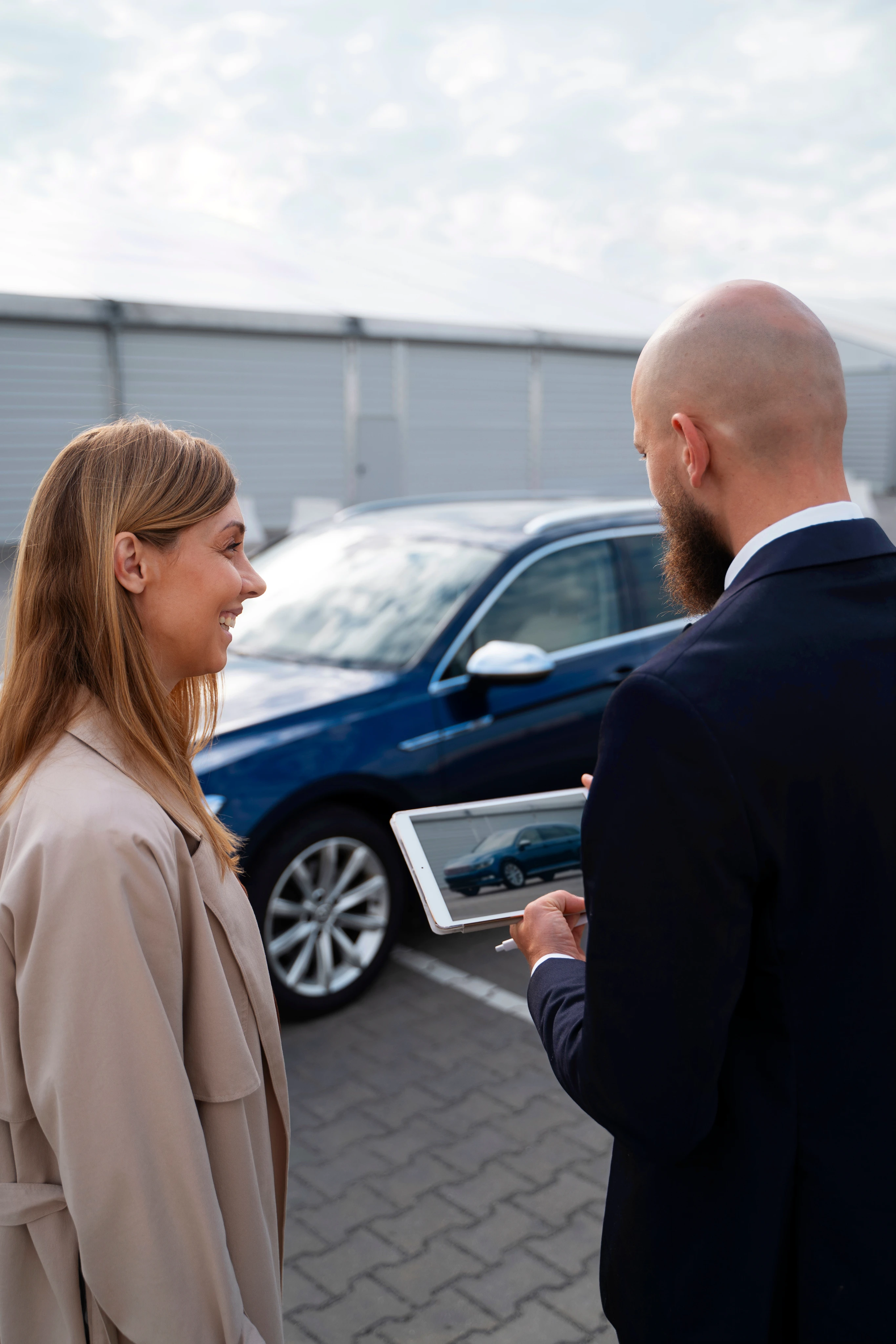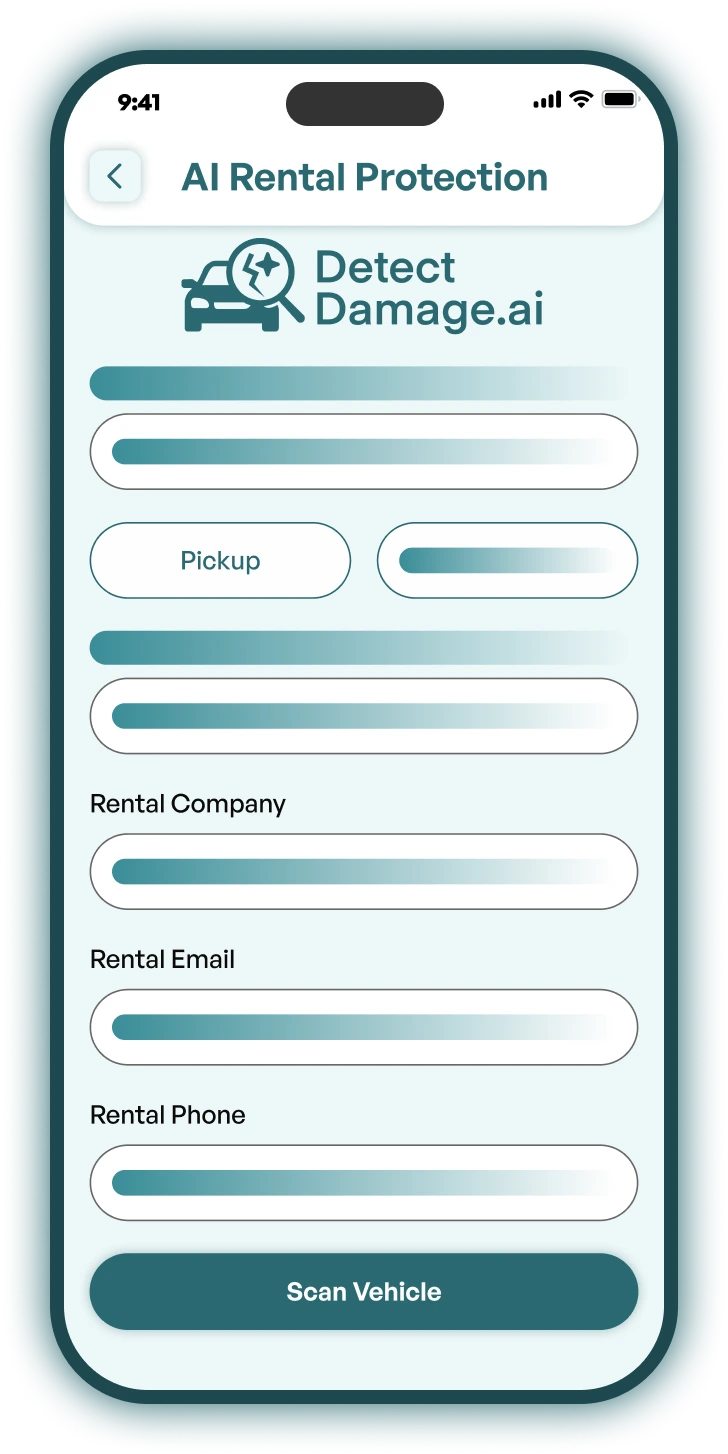When returning a rental car what should I check for?
When returning a rental car, ensure it's in the same condition as when you picked it up, refuel the tank to the agreed level, and return it to the designated drop-off location on time. Remember to collect all your belongings, and document the car's condition with photos or videos.
AI Rental Protection

Use Detectdamage.ai to scan the vehicle at both pickup and return. This advanced tool quickly and accurately identifies any bodywork issues, ensuring that any pre-existing damage is properly documented. By using this tool, you can help protect yourself from false or unexpected claims after the rental period ends.

Here's a more detailed breakdown:
1. Refuel the car
- If your rental agreement includes a full-to-full fuel policy, make sure to fill the tank to the same level as when you picked it up. Find a nearby gas station before returning the car to avoid potential extra charges.
2. Clean the car
- While a deep clean isn't usually required, ensure the car is reasonably tidy and free of excessive dirt or litter.
3. Check for damage
- Carefully inspect the car for any new damage, noting any pre-existing damage on your rental agreement. Take photos or videos of the car's exterior and interior, including the fuel gauge and mileage, as proof of its condition.
4. Return on time
- Return the car to the designated drop-off location at or before the agreed-upon time. Check for any specific after-hours return instructions if applicable.
5. Gather your belongings
- Thoroughly check the car for all your personal belongings, including items in the glove compartment and door pockets.
6. Return with the rental company
- Locate a representative to inspect the car and finalize the return process. If the counter is closed, follow the after-hours return instructions, which may involve using a key drop-off box.
7. Keep documentation
- Retain all rental-related documents, including the rental agreement and any receipts.
Frequently Asked Questions
When returning a leased car, you should prepare by cleaning the vehicle, documenting its condition, addressing wear and tear, and ensuring all required documents and items are present. It's also crucial to understand the collection procedures and potentially arrange a pre-lease return inspection to address any damage.
What to do next?
What to do next?
If your car has hail damage, start by contacting your insurance company to report the incident and begin the claims process. Next, get a repair estimate from a reputable auto body shop. Depending on the extent of the damage and your deductible, decide whether filing a claim is the best option.
What to do next?
What to do next?
If you're involved in a car accident, the most important thing is to prioritize safety. Stop your vehicle safely, turn on your hazard lights, and check for injuries. If anyone is hurt, call for emergency services immediately. Exchange details with the other driver (if any) and any witnesses, but avoid admitting fault or apologizing at the scene. Document the accident with photos or videos and report it to your insurance company.
What to do next?
What to do next?
When purchasing a car, it's essential to conduct a thorough inspection to ensure you're making a sound investment. Carefully examine the vehicle's exterior and interior, verify all documentation—including the V5C logbook, service history, and MOT certificate—and ensure that all features and functions work as expected. A test drive is also crucial to evaluate the car’s performance and handling.
What to do next?
What to do next?
